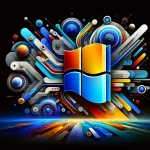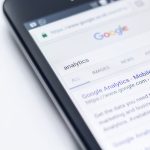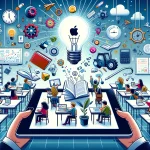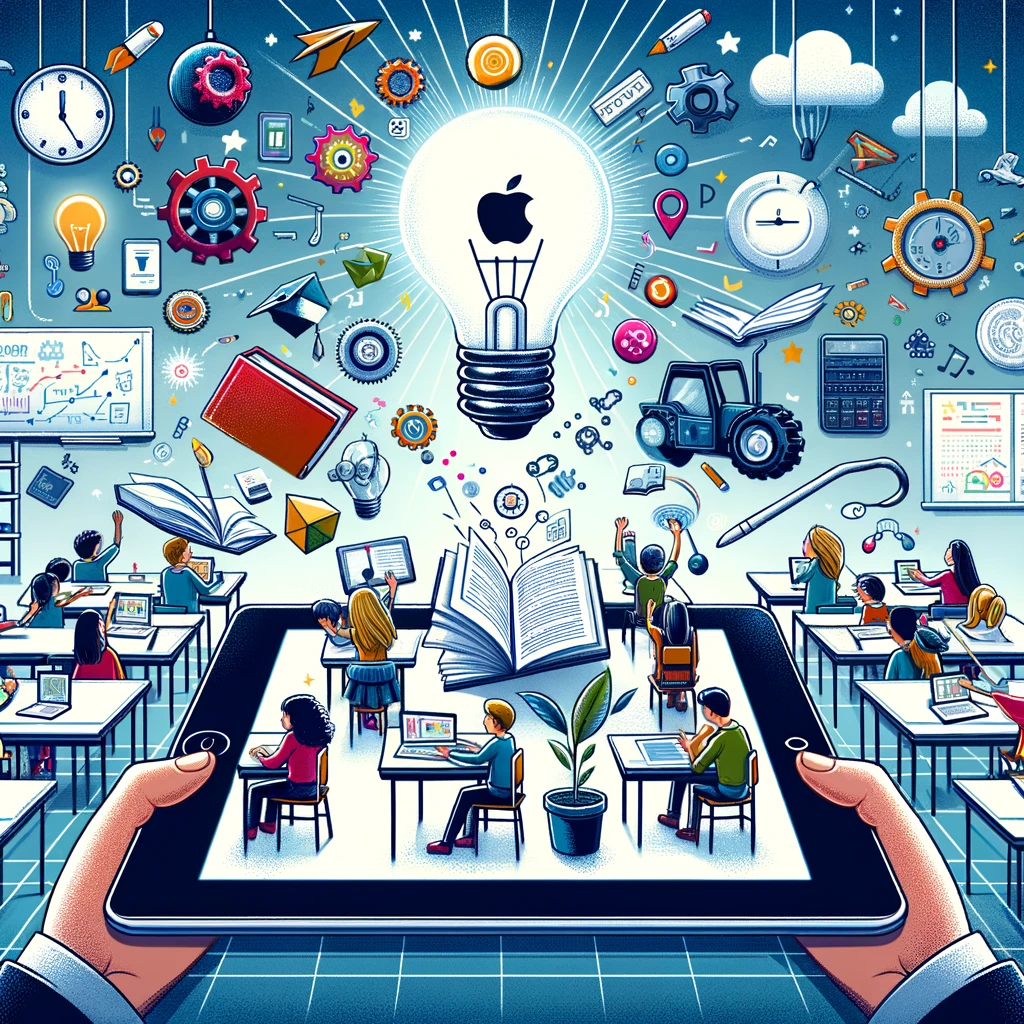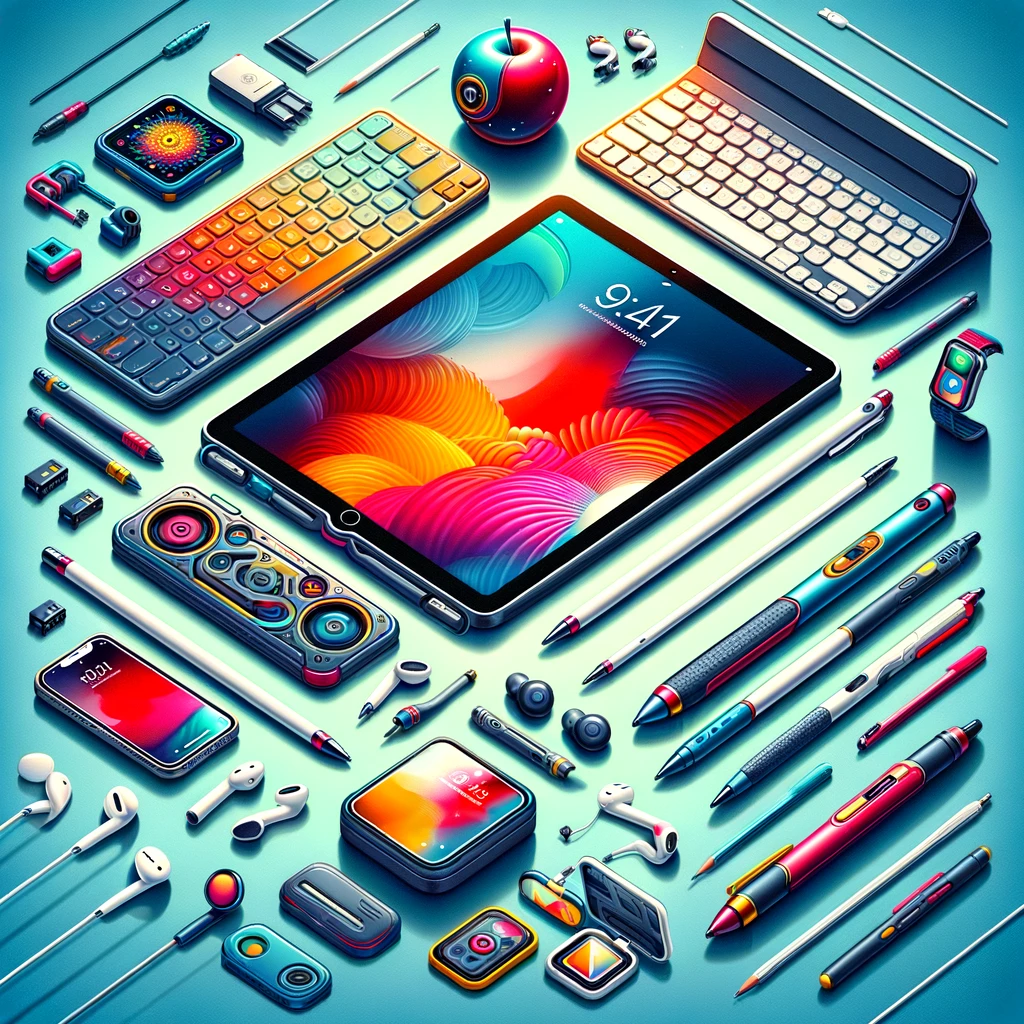The iPad has become a pivotal tool in modern education, transforming how students learn and teachers instruct. With its sleek design and intuitive touch interface, the iPad is not just a gadget but a powerful educational device that has brought about an educational renaissance. Who would have thought that a device originally designed for entertainment and media consumption would become a cornerstone in classrooms around the world?
Imagine a classroom where every student is engrossed in their learning, interacting with content in ways that were once impossible. iPads have made this a reality, providing a multitude of resources at the fingertips of curious minds. From dissecting virtual frogs to exploring the universe through augmented reality, the possibilities for enhanced learning are virtually endless. Isn’t it incredible how a single device can cater to so many different subjects and learning styles?
But it’s not just about the flashy apps and interactive books. iPads are changing the very nature of education by promoting inclusivity and personalization. With features that assist students with disabilities and a wealth of apps that adapt to individual learning paces, every student has the chance to shine. And let’s not forget the teachers; iPads are also revolutionizing their teaching methods, offering innovative ways to plan lessons, assess student progress, and manage the classroom. Are we witnessing the future of education unfolding before our eyes?
Enhanced Interactive Learning
Imagine a classroom where every student is engrossed in their learning, interacting directly with the content before them. That’s the reality in classrooms where iPads are at the forefront of education. These devices turn learning into an explosive adventure, filled with colorful animations, touch-based activities, and multimedia resources that bring topics to life. Rather than flipping through static pages of a textbook, students can explore virtual 3D models, participate in interactive simulations, and get immediate feedback on quizzes and games.
With the iPad, lessons are no longer one-size-fits-all. Teachers can customize educational content to suit diverse learning styles, ensuring that every student finds a path that resonates with their unique way of understanding the world. For instance, visual learners can benefit from graphic organizers and video content, while kinesthetic learners can engage with drag-and-drop exercises that make abstract concepts tangible. The element of surprise in discovering new interactive elements keeps students’ curiosity piqued, ensuring that the spark of learning stays lit.
Moreover, the iPad’s ability to connect students from various backgrounds creates a rich tapestry of shared knowledge. Through collaborative projects and discussions facilitated by these devices, students develop critical communication skills that are paramount in today’s interconnected world. The result? A classroom that buzzes with the excitement of discovery, and an education that is as dynamic and multifaceted as the technology that powers it.
Personalized Education Through Apps
Imagine a classroom where every student receives a tailor-made learning experience, one that adapts to their pace, interests, and abilities. This is not a distant dream but a reality made possible through the iPad’s educational apps. These apps offer a multitude of resources that cater to individual learning styles, making education a more personal journey for each student.
For instance, apps like Khan Academy and Duolingo provide self-paced learning, allowing students to grasp concepts at their own speed. With features such as progress tracking and adaptive exercises, students can challenge themselves without feeling overwhelmed. Furthermore, the vast array of apps covers various subjects and skills, from math to music, ensuring that every learner finds something that resonates with them.
- Self-Paced Learning: Students control their learning speed.
- Interactive Content: Engaging simulations and exercises.
- Progress Tracking: Apps monitor and report on student’s achievements.
- Accessible Resources: Educational material is available anytime, anywhere.
Through the personalization of education, iPads are not just tools for learning; they are catalysts for creating a passion for knowledge. This approach not only supports academic growth but also nurtures the individual talents and interests of each student, paving the way for a lifetime of learning.
Accessibility Features for Diverse Learners
The iPad is not just a device for the mainstream student; it’s a gateway to learning for everyone. Apple’s commitment to inclusivity shines through its wide range of built-in accessibility features. These features make it possible for students with different abilities to experience a tailored educational journey, one that respects their unique learning styles and needs.
Consider the student who struggles with vision. With the iPad, they can enlarge text, adjust contrast, or even have content read aloud to them. VoiceOver technology is a game-changer, turning text into speech, allowing visually impaired learners to ‘hear’ what they cannot see. There’s also AssistiveTouch for those with motor skill challenges, enabling them to interact with the iPad in ways that work for them.
- Text-to-Speech: Students with dyslexia can benefit from this feature.
- Dictation: This helps students who have difficulty with traditional typing.
- Guided Access: Ideal for keeping focused on a single app, especially useful for students with ADHD.
These features aren’t just add-ons; they are integral to the iPad’s design, ensuring that every student has the opportunity to engage, learn, and thrive in the digital classroom. By embracing the full spectrum of human diversity, the iPad is truly revolutionizing education for diverse learners.
Facilitating Collaborative Learning
Have you ever wondered how the traditional classroom walls are being broken down by the digital revolution? Well, iPads are at the forefront of this transformation, encouraging teamwork and enhancing communication skills in ways we’ve never seen before. With the ability to share projects and ideas at the tap of a screen, students are now able to collaborate on a whole new level.
Imagine a classroom where ideas flow as freely as the air we breathe. iPads make this possible by providing platforms for real-time collaboration. Whether it’s a science project, a literary discussion, or a historical debate, the interactive features of iPads ensure that every student can contribute their unique perspective. And let’s not forget the teachers! They can now easily monitor group activities and guide discussions without having to be physically present at each group. It’s like having a digital facilitator in every corner of the classroom.
But wait, there’s more! iPads also support a variety of apps that are specifically designed to foster collaborative learning. Check out this list of benefits:
- Instant feedback on shared assignments
- Ability to annotate and edit work collectively
- Video conferencing for remote teamwork
- Organization tools for project management
- Access to a plethora of educational resources for group study
With all these features at their fingertips, students are not just learning the curriculum; they’re learning how to communicate, cooperate, and co-create—essential skills for the digital age. So, let’s embrace the explosion of collaborative potential that iPads bring to our classrooms and prepare our students for a future where teamwork makes the dream work!
Teachers’ Resource and Classroom Management
iPads are not just revolutionizing the student experience; they are also a powerhouse of resources for teachers. With a plethora of educational apps, teachers have an arsenal of interactive lesson plans, educational games, and instant student assessments at their fingertips. Imagine the ease of distributing assignments with a tap or having instant access to a student’s work for real-time feedback. The iPad makes it possible!
Classroom management has always been a juggling act, but iPads bring a sense of order and simplicity to this complex task. Teachers can monitor student progress, track attendance, and even manage behavior with specialized apps. The ability to customize learning experiences for each student without losing sight of the class as a whole is truly a game-changer. Let’s not forget, the iPad is a hub for resources that can enhance teaching methods and save valuable time. Check out how:
- Lesson Planning: Apps like Planboard help teachers organize lessons and align them with curriculum standards.
- Classroom Organization: Tools such as Google Classroom allow for paperless submission of work, reducing clutter and streamlining grading.
- Instant Assessment: Platforms like Kahoot! make evaluating student understanding fun and interactive.
- Behavior Management: Applications like ClassDojo offer a way to encourage positive behavior through real-time feedback.
Preparing Students for a Digital Future
The iPad is not just a device for today; it’s a gateway to the future. In a world where digital literacy is as essential as reading and writing, incorporating iPads into education is a forward-thinking move. Students are not just learning with technology; they are learning to use technology, which is a critical skill in almost every career path they may choose to follow. By mastering the iPad, students gain confidence and competence in navigating the digital landscape.
Through the use of iPads, students learn to communicate, create, and collaborate in ways that are relevant to the 21st-century workplace. They are exposed to the fundamentals of coding, digital design, and online research. These are the skills that will shape their ability to adapt to an ever-changing digital world. The iPad is more than a learning tool; it’s a building block for innovation and creativity. Isn’t that what we want for our future leaders and change-makers?

